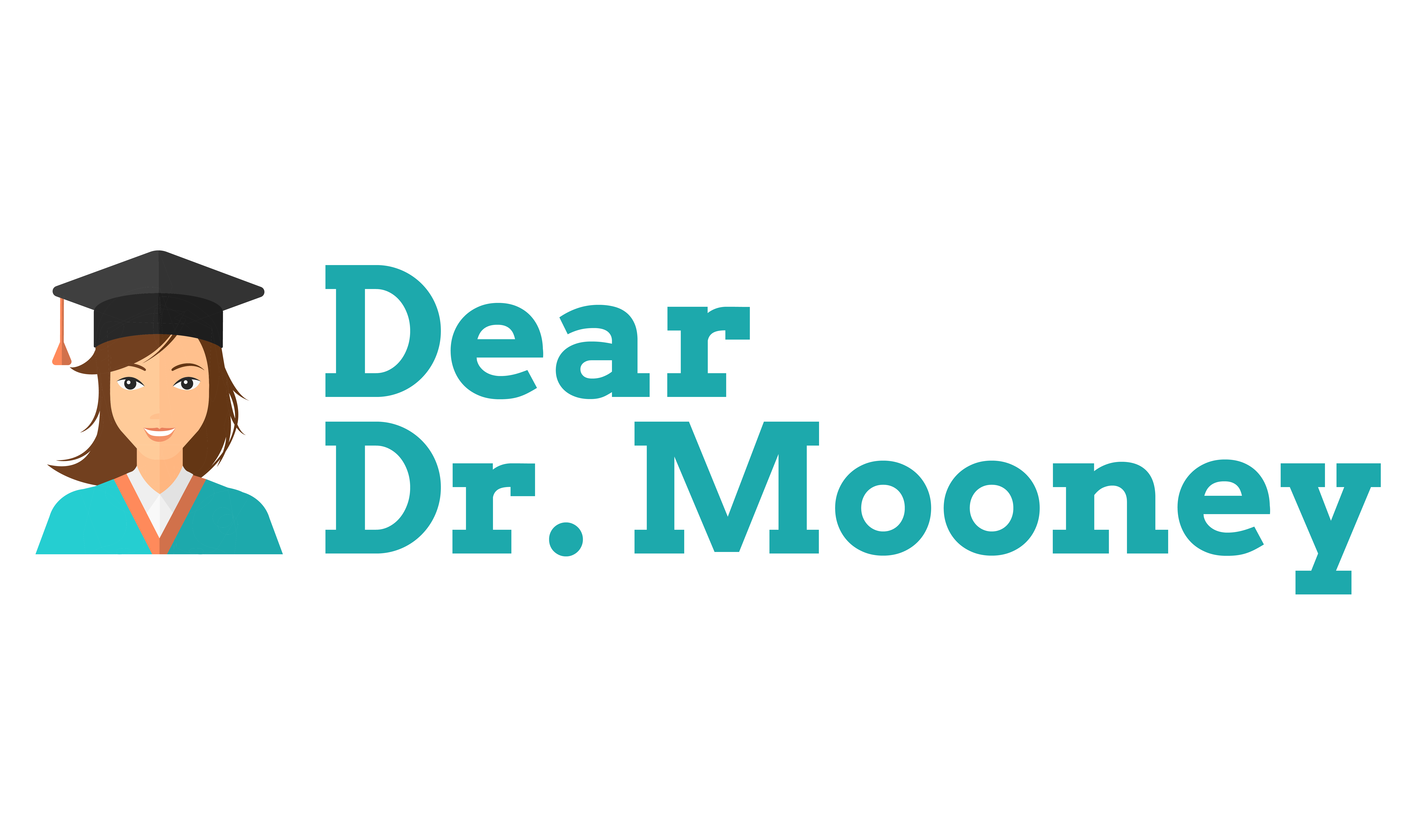Note: Continuing our second-ever month focused on discussion (October 2019), this article forms
part of a five-week series raising the value of community where teachers of English Learners can
give and receive support.
According to Stephen Krashen, language acquisition occurs in only one way – when spoken or written messages are understood. Krashen’s Comprehensible Input Hypothesis claims that when second language learners receive input that is comprehensible and just above their current proficiency level (i + 1), they acquire new language.
Acquisition is a much faster process than working to consciously learn every aspect of a language. A focus on learning, not acquisition, in many high school language classes is probably what hinders many people from developing second language competence.
The language input needs to be just right for acquisition to occur. Input that is too advanced (i + 10) or not new (i + 0) will not result in acquisition. This goal (i + 1) is tricky for teachers when a classroom of students means a classroom of different i + 1 levels.
It’s impossible to hit, or even know, every student’s i + 1 level, so as a general rule, I would recommend aiming your language just above where most of your students are. Adding techniques that make the language comprehensible will aid most students in understanding. Of course, some will need more support, but with well-constructed comprehensible input strategies you will reach more of your students than you would have with traditional methods.
Read more of Stephen Krashen’s work at www.sdkrashen.com.
How can teachers provide comprehensible language input to students?
There are many ways to help your students understand, and you’re probably already doing many of them. Perhaps you show a video before discussing a new content topic. Maybe you have students debrief the lesson with peers in their native language.
Sometimes it’s easier to understand a teaching principle like this by seeing it demonstrated. Watch this video to get an idea of just a few ways to make language comprehensible for your students. (The speaker tells about a problem only using Spanish, but I’ll bet you will understand what’s going on, even if you don’t speak the language.)
Daniela is the founder of Bilingual Family, a Spanish immersion program helping parents raise bilingual children through meaningful and consistent exposure to the language.
So…did you figure out Daniela’s problem?
Hop on over to this week’s focused Discussion Forum…
Comprehensible Input
…and share what you learned from the video.
- How did Daniela make her meaning comprehensible for those who don’t know Spanish?
- What do you do to make the language in your classroom comprehensible? Share your ideas!





